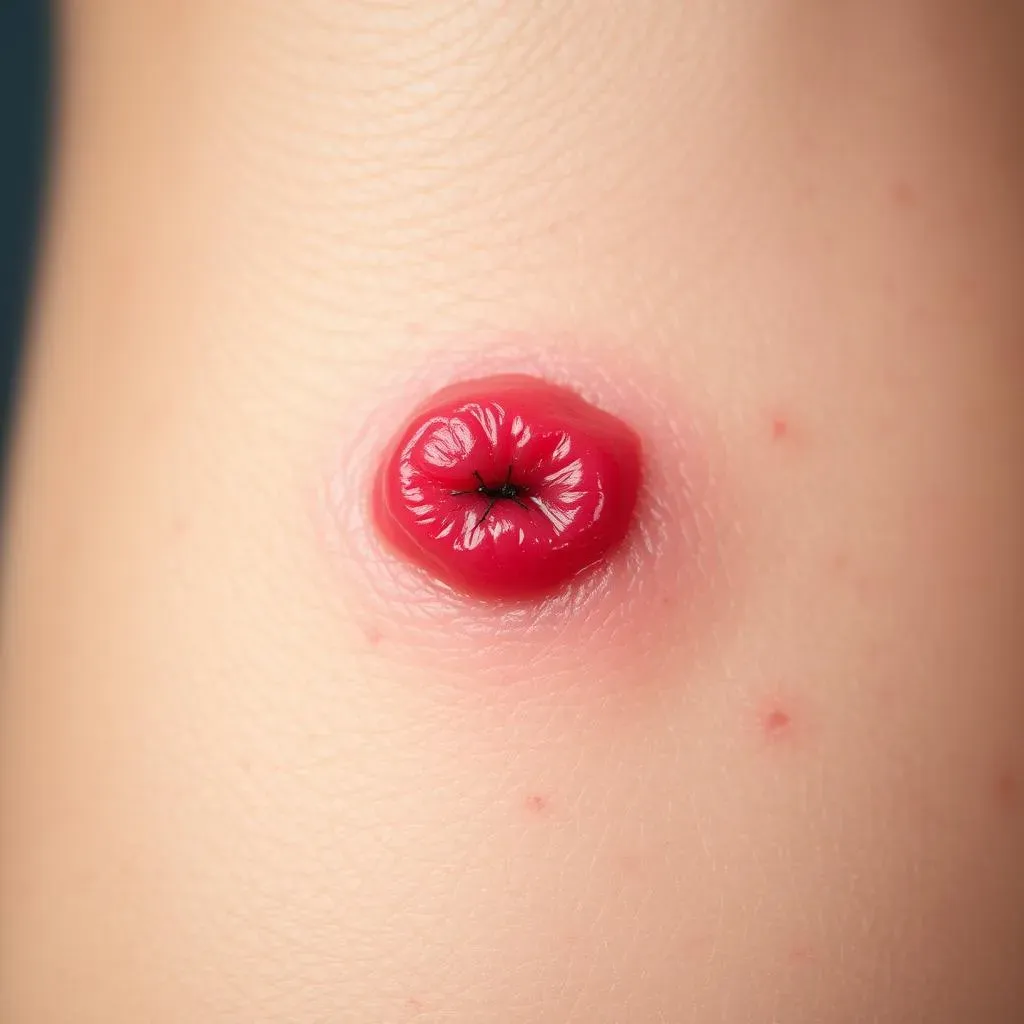Table of Contents
Ingrown hairs can be a frustrating and painful problem for many individuals, especially after hair removal methods like shaving, waxing, or tweezing. But should you remove ingrown hairs? This question is crucial because improper removal can lead to further complications, such as infection, scarring, and prolonged healing times. Understanding the causes and symptoms of ingrown hairs is essential in determining the best course of action. In this article, we will delve into the world of ingrown hairs, exploring their causes, symptoms, diagnosis, treatment options, and prevention strategies. We will examine the pros and cons of removing ingrown hairs, discussing when it's necessary to seek medical attention and how to properly care for your skin to avoid future occurrences. By the end of this article, you will be equipped with the knowledge to decide whether removing ingrown hairs is the right decision for you and how to do it safely, should you choose to do so.
Understanding Ingrown Hairs: Causes and Symptoms of Ingrown Hair
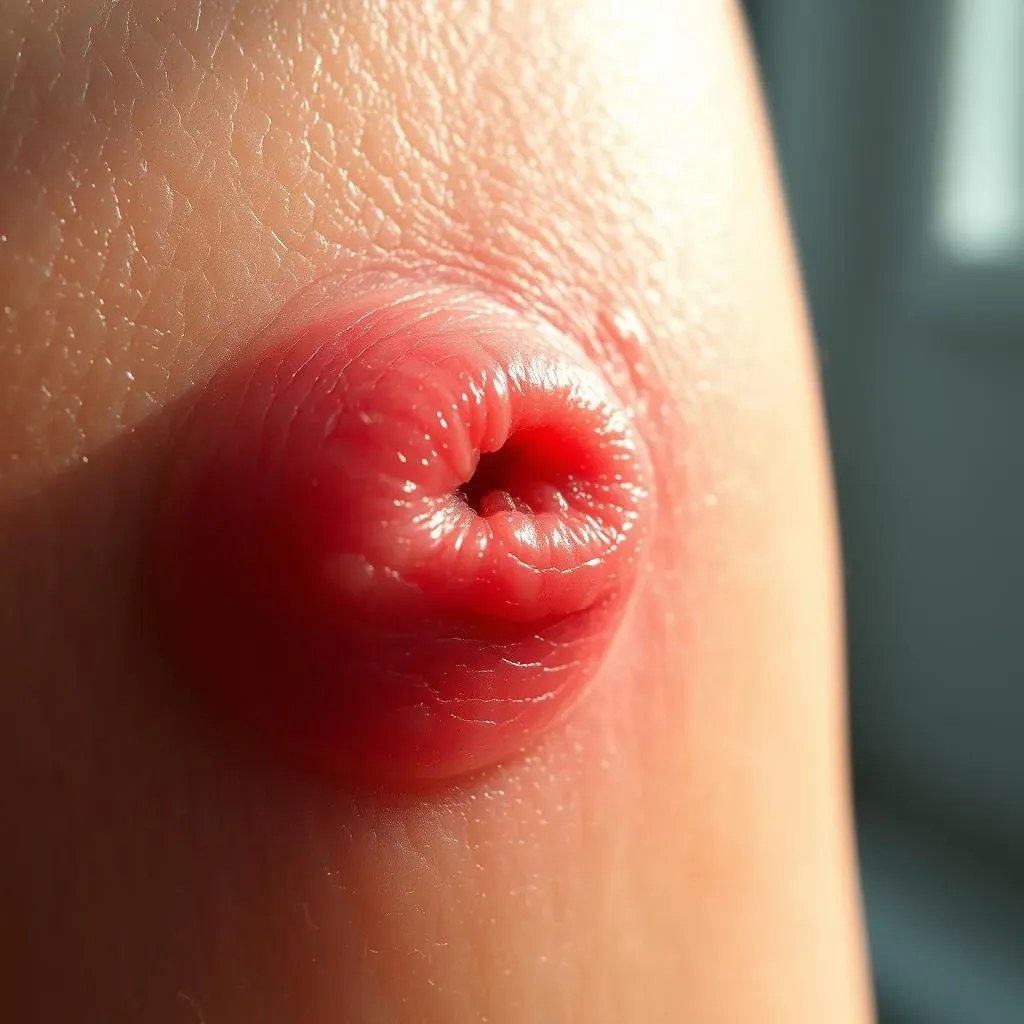
Understanding Ingrown Hairs: Causes and Symptoms of Ingrown Hair
What are Ingrown Hairs?
Ingrown hairs occur when a hair grows back into the skin instead of outward, leading to inflammation, redness, and swelling. This can happen after shaving, waxing, or tweezing, especially in areas with curly or coarse hair. Ingrown hairs can appear as small bumps or pustules and may cause discomfort, itching, and pain.
Anyone can develop ingrown hairs, but they are more common in individuals with darker skin tones or thick, curly hair. The curved shape of the hair follicle can cause the hair to grow back into the skin, especially in areas where the hair is thicker, such as the pubic area, armpits, or chin.
Causes of Ingrown Hairs | Description |
|---|---|
Improper shaving techniques | Shaving too closely, using dull razors, or shaving against the grain can cause hairs to become ingrown. |
Tight clothing | Wearing tight clothing can cause friction, which may force the hair to grow back into the skin. |
Genetics | Individuals with curly or coarse hair are more prone to ingrown hairs due to the natural curvature of their hair follicles. |
Symptoms of Ingrown Hairs
Ingrown hairs can manifest in different ways, but common symptoms include redness, swelling, inflammation, and itching around the affected area. In severe cases, ingrown hairs can lead to infection, which may be accompanied by pus, discharge, or a foul odor.
- Skin irritation and redness
- Small bumps or pustules
- Pain or tenderness
- Discoloration or hyperpigmentation
- Itching or burning sensation
If left untreated, ingrown hairs can lead to more serious complications, such as scarring, keloid formation, or permanent skin discoloration.
Risk Factors and Prevention
Certain individuals are more susceptible to ingrown hairs due to their hair type, skin tone, or hair removal methods. Understanding these risk factors can help prevent ingrown hairs from occurring in the first place.
Prevention strategies include proper shaving techniques, such as shaving in the direction of hair growth, using sharp razors, and avoiding tight clothing. Exfoliating the skin regularly and using gentle skincare products can also help reduce the occurrence of ingrown hairs.
By recognizing the causes and symptoms of ingrown hairs, individuals can take proactive steps to prevent them and seek medical attention if necessary. In the next section, we will explore the diagnosis and treatment options for ingrown hairs.
Diagnosing Ingrown Hairs: When to Seek Medical Attention for Ingrown Hair Removal
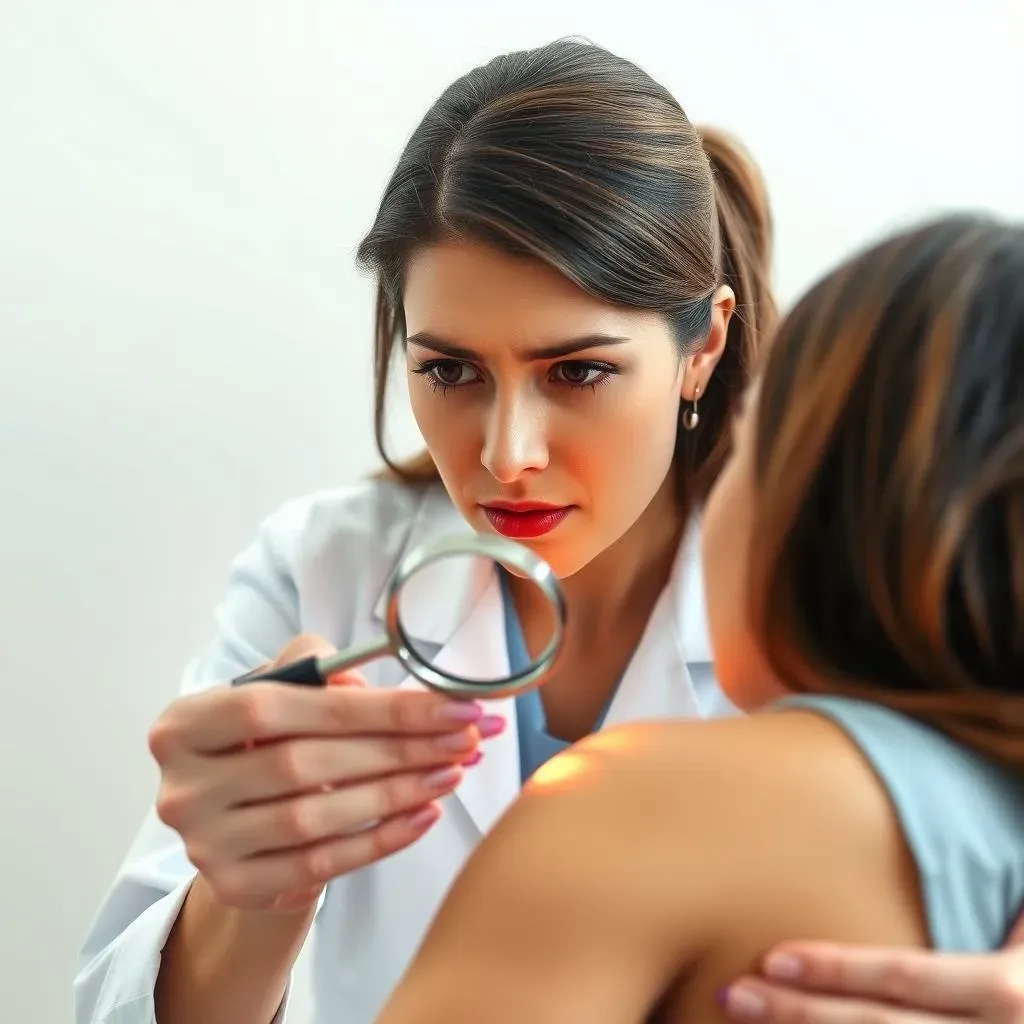
Diagnosing Ingrown Hairs: When to Seek Medical Attention for Ingrown Hair Removal
Diagnosing Ingrown Hairs: Signs and Symptoms to Look Out For
Diagnosing ingrown hairs typically involves a physical examination of the affected area. A healthcare professional will look for signs of inflammation, redness, and swelling, as well as check for the presence of pus or discharge, which can indicate an infection.
In some cases, a healthcare provider may perform a skin scraping or biopsy to rule out other skin conditions that may resemble ingrown hairs, such as folliculitis or keratosis pilaris. They may also ask questions about your hair removal habits, skin care routine, and medical history to determine the underlying cause of the ingrown hair.
Common Signs of Ingrown Hair Infection | Description |
|---|---|
Pus or discharge | Yellowish or greenish fluid oozing from the affected area, which may have a foul odor. |
Increased redness and swelling | The affected area becomes increasingly red, swollen, and tender to the touch. |
Fever | A low-grade fever may develop if the infection is severe or spreading. |
When to Seek Medical Attention for Ingrown Hair Removal
While minor ingrown hairs can often be treated at home, there are situations where medical attention is necessary. If you experience any of the following symptoms, you should seek medical attention:
- Persistent pain or swelling that worsens over time
- Pus or discharge from the affected area
- Fever or chills
- Increased redness or swelling that spreads beyond the affected area
- No improvement with at-home treatments
A healthcare provider may prescribe antibiotic ointments, creams, or oral medications to treat the infection and reduce inflammation. In severe cases, they may recommend minor surgical procedures, such as draining the affected area or removing the ingrown hair with a sterile needle.
Treating Ingrown Hairs: Should You Remove Ingrown Hairs at Home or Seek Professional Help

Treating Ingrown Hairs: Should You Remove Ingrown Hairs at Home or Seek Professional Help
Treating Ingrown Hairs at Home
For mild cases of ingrown hairs, at-home treatments can be effective in reducing inflammation and promoting healing. One of the simplest methods is to stop shaving the affected area, allowing the hair to grow out. Warm compresses can also help to bring the ingrown hair to the surface, making it easier to remove. Gently exfoliating the skin with a gentle scrub or a chemical exfoliant containing alpha-hydroxy acids (AHAs) or beta-hydroxy acids (BHAs) can help to release the ingrown hair.
Topical creams or gels containing ingredients like hydrocortisone can reduce inflammation, while tea tree oil has antimicrobial properties that can help prevent infection. However, it's essential to be cautious when attempting to remove an ingrown hair at home, as improper techniques can lead to further irritation, infection, or scarring.
At-Home Treatment Options | Description | Risks and Considerations |
|---|---|---|
Warm compresses | Apply a warm, damp cloth to the affected area for 5-10 minutes, 2-3 times a day. | May push the infection deeper if not done carefully. |
Exfoliation | Gently scrub the area with a mild exfoliant 1-2 times a week. | Over-exfoliation can irritate the skin and worsen the condition. |
Hydrocortisone cream | Apply a thin layer 1-2 times a day to reduce inflammation. | Long-term use can lead to skin thinning and other side effects. |
It's crucial to monitor the affected area for signs of infection, such as increased redness, swelling, or pus. If these symptoms occur, it's essential to seek medical attention to avoid further complications.
Seeking Professional Help for Ingrown Hair Removal
In some cases, ingrown hairs may require professional removal, especially if they are severely inflamed, infected, or persistent. A dermatologist or healthcare provider can assess the affected area and recommend the best course of treatment. Professional removal methods may include:
- Antibiotic ointments or oral antibiotics to treat infection
- Steroid injections to reduce inflammation
- Minor surgical procedures, such as drainage or incision, to remove the ingrown hair
- Electrolysis or laser hair removal for permanent hair reduction
Professional help is especially important if you have a history of ingrown hairs, scarring, or skin discoloration. By seeking medical attention, you can ensure proper treatment and prevent future occurrences.
Preventing Ingrown Hairs: Tips and Tricks to Avoid Ingrown Hair and Promote Healthy Skin
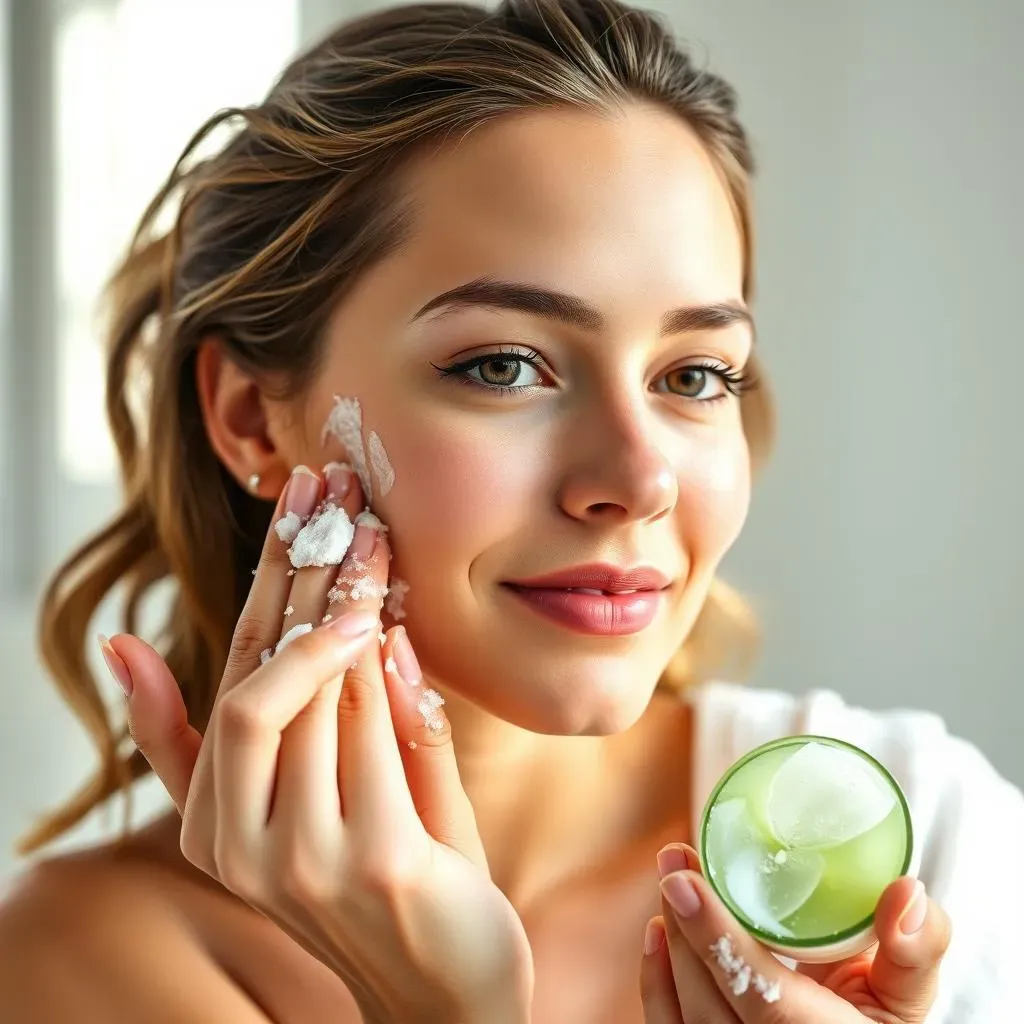
Preventing Ingrown Hairs: Tips and Tricks to Avoid Ingrown Hair and Promote Healthy Skin
Preventing Ingrown Hairs: Tips and Tricks to Avoid Ingrown Hair and Promote Healthy Skin
Preventing ingrown hairs requires a combination of proper hair removal techniques, good skincare habits, and lifestyle changes. By understanding the causes of ingrown hairs, individuals can take proactive steps to minimize their occurrence. One of the most effective ways to prevent ingrown hairs is to adopt proper shaving techniques. This includes shaving in the direction of hair growth, using a sharp razor, and avoiding shaving too closely. Wetting the skin with warm water, applying shaving gel, and shaving in smooth, even strokes can also help reduce friction and irritation.
Proper Shaving Techniques | Description | Benefits |
|---|---|---|
Shave in the direction of hair growth | Avoid shaving against the grain, as this can cause hairs to become ingrown. | Reduces friction and irritation |
Use a sharp razor | A dull razor can cause hairs to become ingrown by pulling and tugging on the skin. | Minimizes nicks and cuts |
Avoid shaving too closely | Shaving too closely can cause hairs to become ingrown by cutting them too short. | Reduces risk of ingrown hairs and razor burn |
In addition to proper shaving techniques, exfoliating the skin regularly can help remove dead skin cells and prevent hairs from becoming ingrown. Exfoliation can be done using a gentle scrub or a chemical exfoliant containing alpha-hydroxy acids (AHAs) or beta-hydroxy acids (BHAs). Exfoliating 1-2 times a week can help improve skin texture and reduce the occurrence of ingrown hairs.
Another crucial aspect of preventing ingrown hairs is wearing loose, breathable clothing. Tight clothing can cause friction, which may force hairs to grow back into the skin. Wearing loose-fitting clothes, especially in areas prone to ingrown hairs, can help reduce friction and prevent ingrown hairs from forming.
- Wear loose, breathable clothing
- Avoid tight underwear, pants, or shirts that may cause friction
- Choose natural fibers like cotton, which allow for better airflow and moisture wicking
Furthermore, maintaining a good skincare routine is essential in preventing ingrown hairs. This includes keeping the skin clean, moisturized, and protected from the sun. Using gentle cleansers and avoiding harsh products can help keep the skin healthy and reduce the risk of ingrown hairs.
By combining these tips and tricks, individuals can significantly reduce their risk of developing ingrown hairs. Remember, preventing ingrown hairs is easier than treating them, so it's essential to take proactive steps to promote healthy skin and hair growth.
Living with Ingrown Hairs: Managing Ingrown Hair and Preventing Future Occurrences
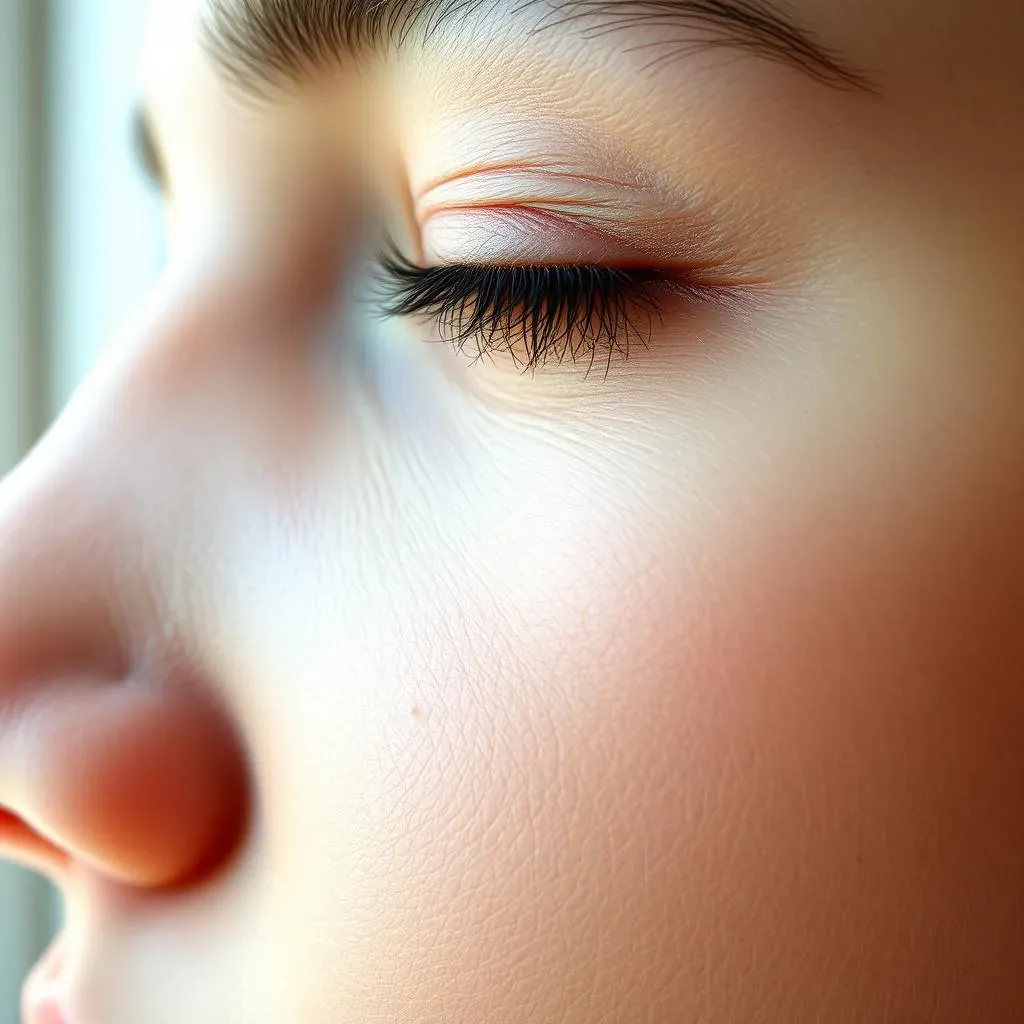
Living with Ingrown Hairs: Managing Ingrown Hair and Preventing Future Occurrences
Managing Ingrown Hairs: Tips for Prevention and Maintenance
Living with ingrown hairs requires a proactive approach to preventing future occurrences and managing existing ones. By incorporating simple techniques into your daily routine, you can reduce the risk of ingrown hairs and promote healthy skin. One of the most effective ways to manage ingrown hairs is to maintain good hygiene. Keeping the affected area clean can help prevent infection and promote healing. Gently washing the area with a mild soap and lukewarm water can help reduce inflammation and prevent the buildup of bacteria.
Skincare Routine for Ingrown Hair Prevention | Frequency | Benefits |
|---|---|---|
Cleanse the skin with a mild soap | Twice a day | Removes dirt and bacteria, reducing infection risk |
Apply a gentle moisturizer | After cleansing and throughout the day | Keeps the skin hydrated and reduces irritation |
Exfoliate with a gentle scrub | 1-2 times a week | Removes dead skin cells and prevents ingrown hairs |
In addition to a good skincare routine, wearing comfortable, breathable clothing can help reduce friction and prevent ingrown hairs. Choosing natural fibers like cotton and avoiding tight clothing can make a significant difference in preventing ingrown hairs. Furthermore, adopting healthy habits such as a balanced diet and regular exercise can help boost your immune system and promote overall skin health.
- Eat a balanced diet rich in fruits, vegetables, and whole grains
- Stay hydrated by drinking plenty of water
- Exercise regularly to improve blood circulation and overall health
Conclusion: Making an Informed Decision About Ingrown Hair Removal
In conclusion, deciding whether to remove ingrown hairs requires careful consideration of the potential risks and benefits. While removing ingrown hairs can provide relief from discomfort and reduce the risk of infection, improper removal can exacerbate the problem. By understanding the causes and symptoms of ingrown hairs, exploring treatment options, and implementing preventive measures, individuals can make informed decisions about their skin health. Remember, it's essential to prioritize proper skin care and seek medical attention if ingrown hairs persist or become infected. With the right approach, you can effectively manage ingrown hairs and maintain healthy, vibrant skin. Whether or not to remove ingrown hairs ultimately depends on your individual circumstances, but with the knowledge gained from this article, you'll be better equipped to make the best decision for your skin.
